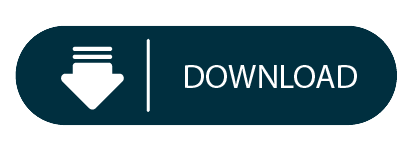- Teacher Portfolio
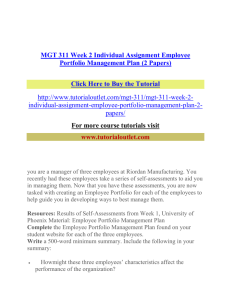
This report also includes observations on what the teachers were trying to accomplish and if they met their goals. In most cases, these reports are usually required by the state in which the teacher lives. Although there are some requirements as to the form of the teacher observation report, it can include anything that the teacher wanted. Clutter-Free Classroom has FREE tips & ideas to help teachers improve classroom organization & management. As a National Board Certified teacher, curriculum developer and conference presenter with 18 years teaching experience in Kindergarten, 1st, 2nd, and 3rd grade I love sharing my best practices with other educators.
Why is a teacher portfolio important?
- it is an essential tool in your teacher interview
- it provides hard evidence to back up what you are telling the interviewers about yourself as a teacher, your teaching style and abilities and your achievements during your teaching career
We discuss what to include in your teaching portfolio and how to use it to your best advantage in your job interview.
Avoid over complicating your teacher portfolio. It should be easy to read and understand and well organized. Don't overload it with documents but stick to highlights and relevant examples of your teaching career.
Make sure it is up to date and that the pages are clean and neat. It should be bound in a neat and professional looking binder.
Teacher Observationsms. Schrader's Teaching Portfolios
Suggestions of what to include in your teacher portfolio
- title page
- table of contents
- extra copies of your resume
- letters of recommendation
- copies of references
- your educational philosophy statement
- sample lesson plans and /or unit plans you have recently used
- sample assignments
- samples of student work
- creative handouts you have designed
- sample worksheets
- examples of assessments
- scores on standardized or other tests
- photographs of classroom layouts and displays
- photographs of your students in action
- appropriate examples of your technology skills such as graphics design, presentations, word processing, spreadsheets
- parent newsletters
- peer and department observations and evaluations
- examples of formal student feedback such as questionnaires
- professional development efforts such as teaching workshops and seminars
Have extra copies of your documents to leave with the interviewer if requested.
How to best use your teacher portfolio in your job interview
Simply having prepared a portfolio and bringing it to the interview sends a positive message. You are demonstrating your commitment, your planning and preparation skills and your organizational ability. All these are key competencies for a successful teacher. Put it in front of you when you sit down for the interview and make sure it is easily accessible.
Be very familiar with your teacher portfolio so that you can access any relevant documents quickly and easily.
Don't wait for the interviewer to ask to see your portfolio. Be ready to show examples of your work whenever something in your portfolio is relevant to what you are discussing. You are providing proof of what you are telling the interviewer in your answers.
You will create more interest by using your portfolio effectively during the interview. It is far more inspiring for the interviewer to be shown examples of lesson plans and photographs of classroom layout than just to be told about it. It creates better rapport as you transform a question and answer session into a discussion with your show and tell.
Your teacher portfolio should be considered a work-in-progress. You can customize it for the specific job opportunity by adding and removing documents according to the teaching responsibilities of the position.
A good tip is to show your portfolio to colleagues whose opinions you value and ask for feedback. Use this to improve on the content and presentation of your portfolio.
Should I create a digital teacher portfolio?
There are advantages to creating a digital portfolio:
- it can be sent with your application to several different positions
- it can be accessed by more than one individual
- it can be reviewed before and after your job interview
It also provides a showcase for your technology skills!
There are a number of ways to create a digital portfolio:
- you can simply scan all the documents into an electronic file and save it as your portfolio
- you can develop a presentation online using any number of applications including PowerPoint
- You can build a website to host your content using various platforms including Google Sites, WordPress, Adobe Spark
- you can use Google Docs to create and edit your portfolio
Whatever format you select for your portfolio the content you include is key to the impact it makes. Having a well organized portfolio full of meaningful and relevant content to present in your teaching interview will give you a distinct advantage.
Teacher job interview questions and answers
Teacher interview questions and answers about your classroom management and discipline skills as well as your ability to manage student relationships and parent contact.
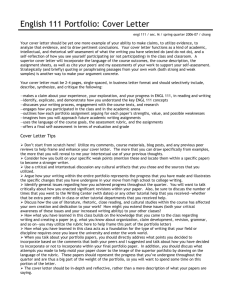
TEACHER INTERVIEW QUESTIONS
TEACHER INTERVIEW QUESTIONS
TEACHER INTERVIEW QUESTIONS
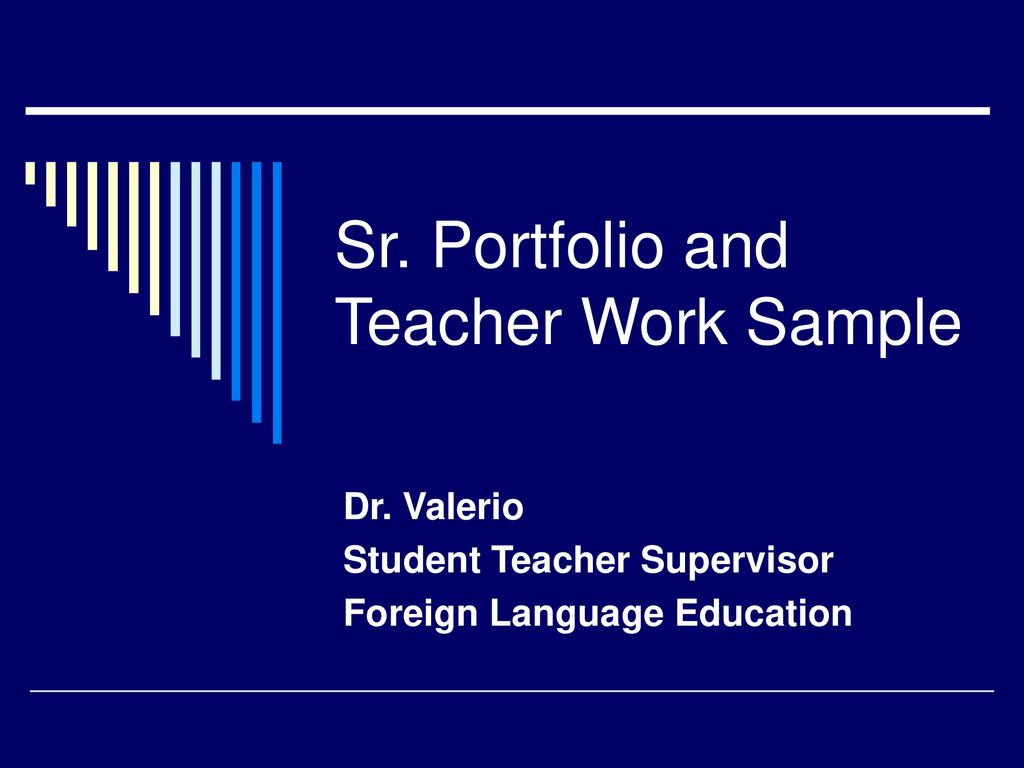
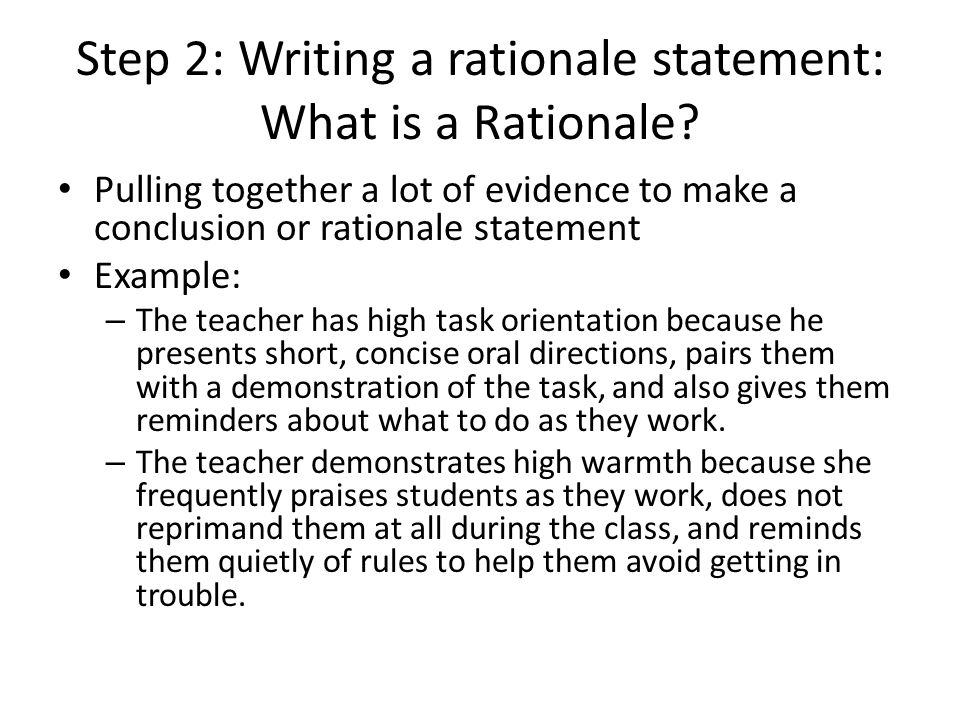
Your strengths as a teacher?
Prepare for teaching interview questions that explore your:
- subject knowledge
- technological skills
- your understanding of the specific teaching position
Teacher interview questions about about your instructional skills and planning skills.
Always prepare a list of well-considered questions to ask in your teaching interview. Use these sample questions to ask in your interview to help you.
Elementary Teacher Interview Questions
Teacher job applications
TEACHER RESUMES
TEACHER RESUMES
Teacher Observationsms. Schrader's Teaching Portfolio Allocation
TEACHER RESUMES
To Top of Page
What Is a Teaching Portfolio?
- Portfolios provide documented evidence of teaching from a variety of sources—not just student ratings—and provide context for that evidence.
- The process of selecting and organizing material for a portfolio can help one reflect on and improve one’s teaching.
- Portfolios are a step toward a more public, professional view of teaching as a scholarly activity.
- Portfolios can offer a look at development over time, helping one see teaching as on ongoing process of inquiry, experimentation, and reflection.
- Teaching portfolios capture evidence of one’s entire teaching career, in contrast to what are called course portfolios that capture evidence related to a single course.
Why Assemble a Teaching Portfolio?
Portfolios can serve any of the following purposes.
- Job applicants for faculty positions can use teaching portfolios to document their teaching effectiveness.
- Faculty members up for promotion or tenure can also use teaching portfolios to document their teaching effectiveness.
- Faculty members and teaching assistants can use teaching portfolios to reflect on and refine their teaching skills and philosophies.
- Faculty members and teaching assistants can use teaching portfolios, particularly ones shared online, to “go public” with their teaching to invite comments from their peers and to share teaching successes so that their peers can build on them. For more on going public with one’s teaching, see the CFT’s Teaching Guide on the Scholarship of Teaching and Learning.
General Guidelines
- Start now! Many of the possible components of a teaching portfolio (see list below) are difficult, if not impossible, to obtain after you have finished teaching a course. Collecting these components as you go will make assembling your final portfolio much easier.
- Give a fair and accurate presentation of yourself. Don’t try to present yourself as the absolutely perfect teacher. Highlight the positive, of course, but don’t completely omit the negative.
- Be selective in which materials you choose to include, though be sure to represent a cross-section of your teaching and not just one aspect of it. A relatively small set of well-chosen documents is more effective than a large, unfiltered collection of all your teaching documents.
- Make your organization explicit to the reader. Use a table of contents at the beginning and tabs to separate the various components of your portfolio.
- Make sure every piece of evidence in your portfolio is accompanied by some sort of context and explanation. For instance, if you include a sample lesson plan, make sure to describe the course, the students, and, if you have actually used the lesson plan, a reflection on how well it worked.
Components of a Teaching Portfolio
Teacher Observationsms. Schrader's Teaching Portfolio Assessment
- Your Thoughts About Teaching
- A reflective “teaching statement” describing your personal teaching philosophy, strategies, and objectives (see Teaching Philosophy).
- A personal statement describing your teaching goals for the next few years
- Documentation of Your Teaching
- A list of courses taught and/or TAed, with enrollments and a description of your responsibilities
- Number of advisees, graduate and undergraduate
- Syllabi
- Course descriptions with details of content, objectives, methods, and procedures for evaluating student learning
- Reading lists
- Assignments
- Exams and quizzes, graded and ungraded
- Handouts, problem sets, lecture outlines
- Descriptions and examples of visual materials used
- Descriptions of uses of computers and other technology in teaching
- Videotapes of your teaching
- Teaching Effectiveness
- Summarized student evaluations of teaching, including response rate and relationship to departmental average
- Written comments from students on class evaluations
- Comments from a peer observer or a colleague teaching the same course
- Statements from colleagues in the department or elsewhere, regarding the preparation of students for advanced work
- Letters from students, preferably unsolicited
- Letters from course head, division head or chairperson
- Statements from alumni
- Materials Demonstrating Student Learning
- Scores on standardized or other tests, before and after instruction
- Students’ lab books or other workbooks
- Students’ papers, essays, or creative works
- Graded work from the best and poorest students, with teacher’s feedback to students
- Instructor’s written feedback on student work
- Activities to Improve Instruction
- Participation in seminars or professional meetings on teaching
- Design of new courses
- Design of interdisciplinary or collaborative courses or teaching projects
- Use of new methods of teaching, assessing learning, grading
- Preparation of a textbook, lab manual, courseware, etc.
- Description of instructional improvement projects developed or carried out
- Contributions to the Teaching Profession and/or Your Institution
- Publications in teaching journals
- Papers delivered on teaching
- Reviews of forthcoming textbooks
- Service on teaching committees
- Assistance to colleagues on teaching matters
- Work on curriculum revision or development
- Honors, Awards, or Recognitions
- Teaching awards from department, college, or university
- Teaching awards from profession
- Invitations based on teaching reputation to consult, give workshops, write articles, etc.
- Requests for advice on teaching by committees or other organized groups
Sample Teaching Portfolios
The website from University of Virginia provides sample teaching portfolios from a variety of disciplines. As you look at these portfolios, ask yourself,
- “What components did the author choose to include and which ones are most effective at describing their teaching?” and
- “What structural and organizational decisions did the author make as they assembled their portfolio?”
Electronic Teaching Portfolios
How do electronic portfolios differ from print portfolios?
- Increased Accessibility: Teaching portfolios are intended, in part, to make teaching public. Distributing a portfolio on the web makes it even more accessible to peers and others.
- Multimedia Documents: Technology allows for inclusion of more than just printed documents. For example, you can include video footage of yourself teaching, an audio voiceover providing context and reflection on the portfolio, or instructional computer programs or code you have written.
- Nonlinear Thinking: The web facilitates nonlinear relationships between the components of your teaching portfolio. The process of creating a portfolio in this nonlinear environment can help you think about your teaching in new ways. For example, since readers can explore an e-portfolio in many different ways, constructing an e-portfolio gives you an opportunity to consider how different audiences might encounter and understand your work.
- Copyright and Privacy Issues: While examples of student work can be compelling evidence of your teaching effectiveness, publishing these examples online presents legal copyright and privacy issues. Talk to someone at the VU Compliance Program before doing so.
What Role Do Teaching Portfolios Play on the Job Market?
- According to an October 11, 2005, search on HigherEdJobs.com, of the 1,000 ads for faculty jobs…
- 585 include the words “teaching philosophy,”
- 27 include the words “teaching statement,” and
- 28 include the words “teaching portfolio.”
- According to an October 11, 2005, search on Chronicle.com, of the 2,978 ads for faculty/research jobs…
- 388 include the words “teaching philosophy,”
- 5 include the words “teaching statement,” and
- 8 include the words “teaching portfolio.”
- While these data indicate that teaching portfolios are not frequently requested of job applicants to faculty positions, it is not just the physical document that plays a role. The process of constructing a teaching portfolio—and reflecting on your teaching—will prepare you to…
- write a meaningful teaching philosophy statement and
- to discuss your teaching more effectively during interviews.
Other Resources
Teacher Observationsms. Schrader's Teaching Portfolio Login
The following books on teaching portfolios are available for check-out in the Center for Teaching’s library.
- Seldin, Peter, The Teaching Portfolio: A Practical Guide to Improved Performance and Promotion/Tenure Decisions, 3rd edition, Anker, 2004.
- Cambridge, Barbara, Electronic Portfolios: Emerging Practices in Student, Faculty, and Institutional Learning, American Association for Higher Education, 2001.
- Hutchings, Pat, ed., The Course Portfolio: How Faculty Can Examine Their Teaching to Advance Practice and Improve Student Learning, American Association for Higher Education, 1998.
- Murray, John P., Successful Faculty Development and Evaluation: The Complete Teaching Portfolio, ERIC Clearinghouse on Higher Education, 1997.
- Anderson, Erin, ed., Campus Use of the Teaching Portfolio: Twenty-Five Profiles, American Association for Higher Education, 1993.
The following web sites offer additional resources and strategies for creating effective teaching portfolios:
- Developing a Teaching Portfolio, from the Center for Instructional Development and Research at the University of Washington
- Developing a Teaching Portfolio, from the Office of Faculty and TA Development, The Ohio State University
- The Teaching Portfolio, an Occasional Paper from the University of Michigan’s Center for Research on Learning and Teaching
- What is a Teaching Portfolio?, from the Office of Instructional Consultation, UCSB.
- Curating A Teaching Portfolio, from the Center for Teaching Effectiveness at the University of Texas-Austin
- The Teaching Portfolio, from the Center for Teaching Excellence at Duquesne University
- Teaching Portfolio Handbook, from Brown University
- “The Teaching Portfolio,” an article published by the Professional and Organizational Development (POD) Network in Higher Education
This teaching guide is licensed under a Creative Commons Attribution-NonCommercial 4.0 International License.
